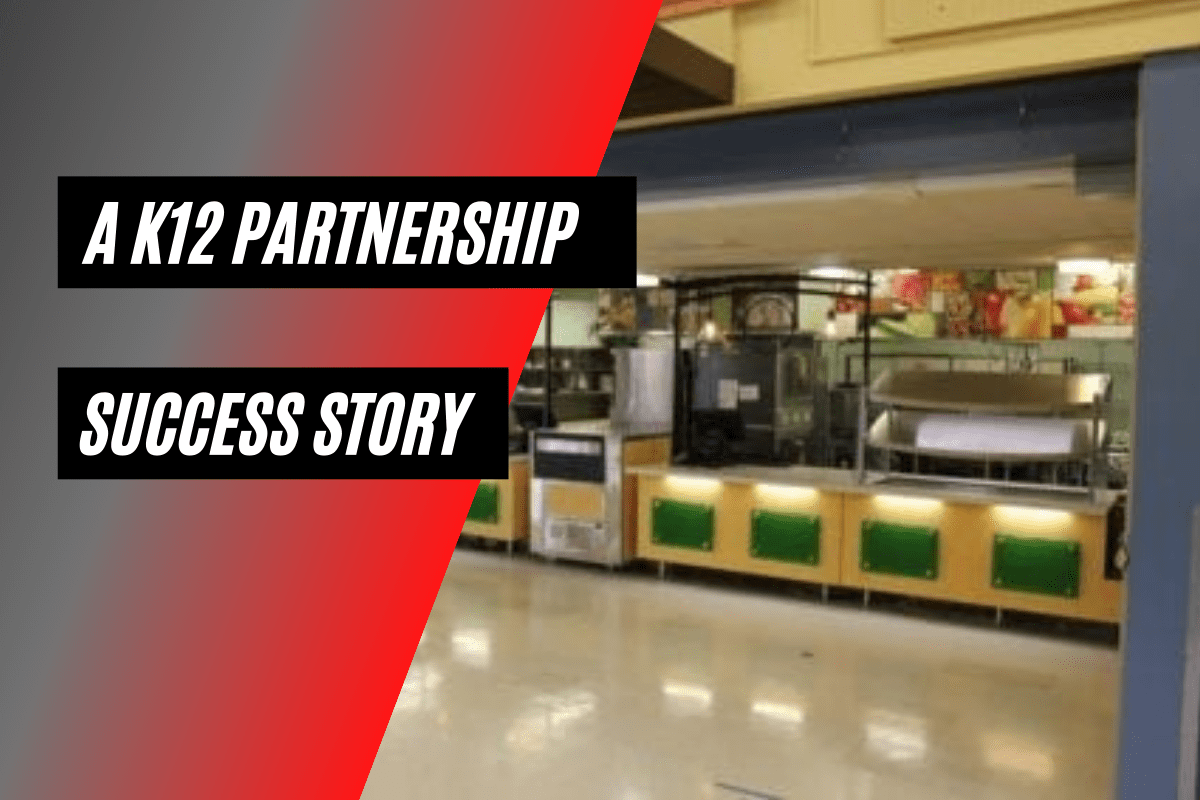As good as it is for everyone involved, food waste reduction isn’t as altruistic as everyone makes it out to be.
Yes, sustainability is one of our top 2019 foodservice trends (just 1 of 7 in our downloadable report). Yes, reducing food waste is one method to reducing greenhouse gas emissions and water consumption. And, of course, we want to do everything we can to effectively and efficiently deliver food into the hands of students and customers. But there’s another reason college and university foodservice operations across North America are focusing on food waste reduction.
Money.
The reality is, we waste roughly 1.3 billion tons of the world’s food supply annually. This accounts for a loss of nearly $990 billion. The United States wastes $160 billion of that total, accounting for as much as 40 percent of our food.
That’s right. In the United States, we waste over one-third of our food. Imagine if we threw a $20 bill out the window every time we withdrew $50 from the ATM. That’s essentially what is happening with our food supply, and as much as restaurants and foodservice operations want to do the right thing for both humanity and the environment, throwing away money is an even bigger reason to reduce food waste.
According to the non-profit organization, ReFED, which focuses on reducing food waste in the United States, there’s a huge payoff when operations invest in sustainable measures. In their 2016 Roadmap to Reduce U.S. Food Waste by 20 Percent, they detail a benefit-to-cost ratio that is staggering:
For every $1 invested in food waste reduction, the savings potential can be as much as $8.
That’s an incredible number. While operators know reducing food waste helps fight hunger, protect the environment, and even attracts important customer bases like Millennials and Gen Z who demand sustainable practices, the profit potential is enormous and appealing. Here are a few things to consider for your college and university foodservice operation:
RECONSIDER YOUR SERVICE.
Smaller plate sizes, smaller serving sizes, and even trayless dining are an easy way to reduce food waste. According to ReFED, smaller plates can reduce food waste by as much as 17 percent. On the buffet line, trayless dining reduces food waste as well. Lastly, reconsidering your menu can also have positive impacts when it comes to reducing food waste. To borrow a phrase, foodservice operations should “use the whole hog.” For example, serve both the beet and the beet greens, thus eliminating some waste. Allowing guests to customize their meals should also be a consideration. By serving exactly what a customer requests, operators will reduce waste.
PLAN BETTER.
More accurate inventory management and production that are rooted in data can help save an operation thousands of dollars annually. According to ReFED, waste tracking and analytics can have the biggest business impact, helping the restaurant industry increase profits by as much as $266 million per year. Using this data to better plan for ordering and production schedules can help prevent overproduction, which is a big contributor to food waste.
DONATE UNWANTED FOOD.
Yep, giving food to those in need is a good thing for obvious reasons. There can also be a financial benefit too. Donating unwanted food is a recovery-based way to reduce food waste that can also provide your operation some tax incentives.






